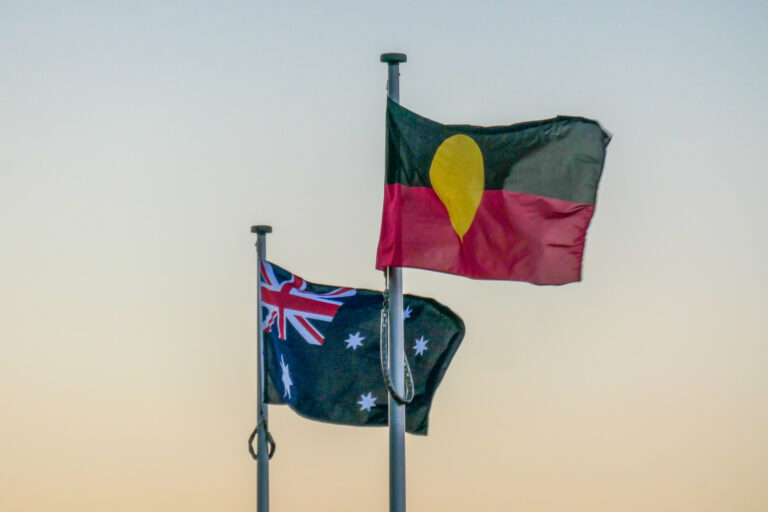Many customer-owned banks have developed RAPs to better understand how to support Aboriginal and Torres Strait Islander people. We’ve profiled three of our member banks that are committed to change.
The Australian financial sector is becoming more aware of its past mistakes, particularly around how First Nations people have been treated and excluded from banking services.
Industry-wide, there have been efforts to learn more, create inclusiveness and repair bonds with First Nations people. Often, these efforts begin with a Reconciliation Action Plan (RAP), which lays out concrete steps for trying to better understand and include Aboriginal and Torres Strait Islander people. Unsurprisingly, several of our members are leading by example in this important space.
The RAP program is administered by Reconciliation Australia and encourages organisations to commit to a program focusing on one of the following four measures: Reflect, Innovate, Stretch or Elevate. The idea is that plans become enhanced and broadened over time.
The Customer Owned Banking Association (COBA) has decided to profile three of its members that have adopted comprehensive RAPs, which may inspire others to undertake their own.
Bank Australia
Bank Australia was the first customer-owned bank to create a RAP in 2010, which it has since broadened to encompass justice, reconciliation and self-determination.
The bank describes recognition and reconciliation with First Nations people as a “fundamental responsibility” and plans to achieve its goals by 2030.
Its actions include building relationships, partnerships and trust with First Nations people through its banking activities and in the community. For example, it is focused on developing culturally appropriate products and services and passing lessons it has learnt on to customers.
Bank Australia’s next RAP update, First Nations Recognition and Respect, will be delivered this year.
Great Southern Bank
Great Southern Bank launched its second RAP, Innovate, last year. It’s focused on helping the bank “embody reconciliation” in its everyday activities.
GSB envisions a country “where First Nations people can find a place to call home and achieve the financial independence to pursue their dreams”, it stated in its RAP.
One of the ways the bank is achieving its reconciliation goals is by providing its staff cultural awareness training. GSB is also focused on finding solutions to getting more First Nations people into affordable and sustainable housing.
You can read more here.
Teachers Mutual Bank
Teachers Mutual Bank’s first RAP, Reflect, was released in 2022 and focused on understanding past injustices and how to change for the future.
The bank is trying to create “honest conversations, deep learning and practical actions” through its RAP.
Some of its activities include building relationships, cultural-competency training, supporting Aboriginal and Torres Strait Islander businesses and finding roles within the organisation for Indigenous people.
You can read more here.
Again, these three short case studies are a snapshot of just a small portion of the work being done in the customer-owned banking industry to right the wrongs of the past. We look forward to seeing more of the progress our member banks make in the next few years.
